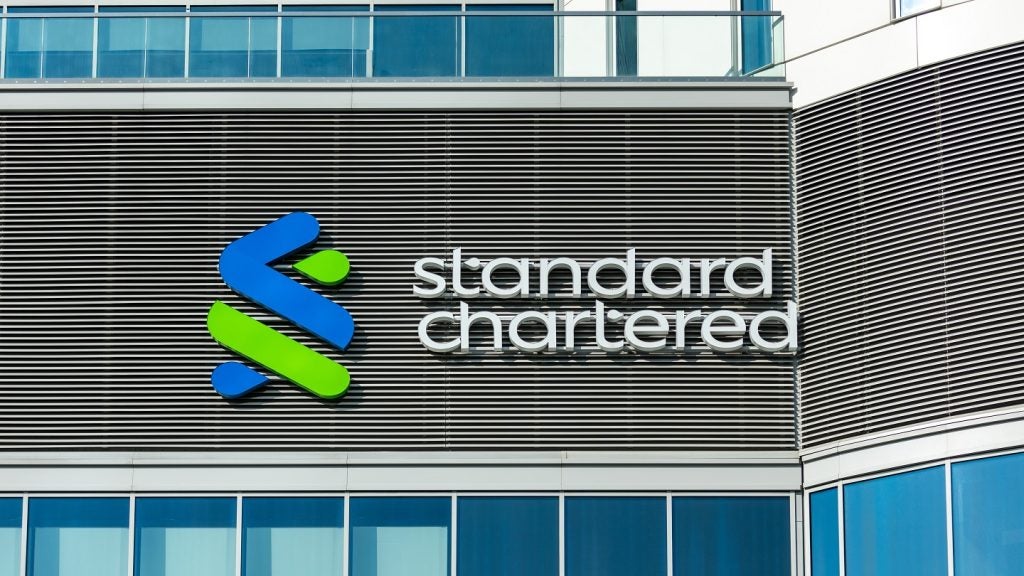
A long-running conversation in the wealth management sector centres around how to improve technology and the client experience to appeal to younger generations – without overwhelming and alienating those who are not digital natives and payments may be the solution. Russell Sopp, director, Banking Solutions, Solaris Group, writes
The industry is facing the ‘great wealth transfer’ in the coming decades, and the younger generation will expect a seamless digital offering as the norm. How wealth managers make this transition will be crucial to their success as innovative investment platforms nip at their heels.
Payments – the movement of money in and out of investment accounts – is a vital client touchpoint that has historically been overlooked by wealth managers of all sizes. Yet payments will come under increased scrutiny from a generation accustomed to seamless transactions via the likes of Apple Pay and instant payments. Clients expect (or will soon begin to expect) real-time, seamless movement of money. They want reassurance that when they deploy funds into their investment accounts following a catch-up with their adviser, they will be put to work as soon as possible.
Imagine a scenario in which markets are surging and clients are eager to invest. Their wealth manager has made it possible for them to pay into their portfolio account instantly – rather than the two or three days it takes for direct debits or card payments to clear at a competitor. Likewise, when they need to draw down – to purchase a property, for example – there is the opportunity to delight them with the speed and ease of a same-day pay out.
Faster payments are among the ways wealth managers can supercharge their payments offering. They mean money usually arrives in seconds, and this technology is often the first step for wealth managers looking to explore embedded finance. Faster payments do away with card transaction fees and potentially lower back-office costs via faster reconciliation.
Open banking technology is another method that can power near-instant money movement. For the uninitiated, open banking came into existence in 2018 following the introduction of the PSD2 regulation. PSD2 stipulated that the major banks, when instructed by the customer, had to enable the initiation of payments.
These “account to account” payments avoid traditional rails, equaling near-instant settlement, improved transparency, and lower costs. As a live example, Hargreaves Lansdown (HL) has partnered with Ecospend to provide an open banking “pay by bank” service, allowing clients to make direct, real-time payments into their investment accounts. This type of payment journey removes the need to enter card details when adding money to an account, significantly reducing data entry errors and card fraud risk. It also bypasses card networks and interchange fees which brings cost savings as well as efficiencies.
Open banking technology also enables clients to share their banking and personal data. For wealth managers, this can be invaluable from an AML and faster onboarding perspective, as it allows them to verify identity and account ownership directly with a client’s bank. This is in stark contrast to the heavily manual onboarding which takes place at many wealth managers. This often involves clients needing to present documents in person, or emailing or uploading bank statements – a process vulnerable to human error, potential client dropouts, and data privacy breaches.
There is another payments innovation coming down the track which is worth wealth managers being aware of as they explore offering more embedded financial services. Next-generation platforms are now looking at taking ‘assets on demand’ to the next level, allowing customers to draw down shares and other financial assets in their portfolio using a payment card at the point of sale. While this will be an anathema to wealth managers who encourage investing for the long term, these cards will provide many people with the flexibility and convenience they demand in managing their finances. They stay invested in the market, but can still spend those shares instantaneously when they need to.
An awareness of this innovation is especially important as wealth managers compete for next generation business with self-directed platforms. Many of these platforms mix the tenets of social media with an investment platform – a combination which has proved wildly popular amongst millennials.
However, for most wealth managers, improving the speed and convenience of their payment systems will be enough of a gamechanger. Those that take bold action will build goodwill with clients, while potentially boosting assets under management by making it easier for clients to invest. In doing so, they will be well-positioned to attract and retain younger customers and fend off competition from fintech start-ups in the digital age of wealth management.







